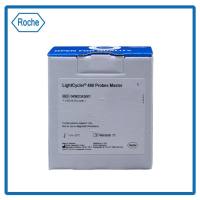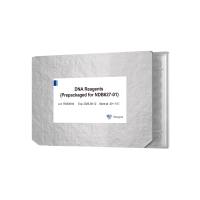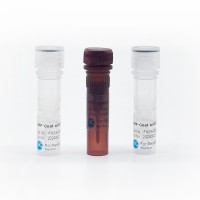Fluorescence In Situ Hybridization Using Whole Chromosome Library Probes
互联网
666
Fluorescence in situ hybridization (FISH) expands the repertoire of user-friendly (nonradioactive), signal-generating systems, which may be used to identify and characterize chromosomes, interphase nuclei, and other sources of nucleic acids in biological material. FISH is based on the principles of nucleic acid immunocytochemistry described in Chapter 45 . The signal-generating system entails the detection of hybridized biotin- or digoxigenin-labeled DNA probes using fluorochrome conjugates. Conventionally, the fluorochrome conjugates are used to label the probe before in situ hybridization. PRINS (primed in situ labeling), however, can be used to label the probe enzymatically after in situ hybridization (1).









